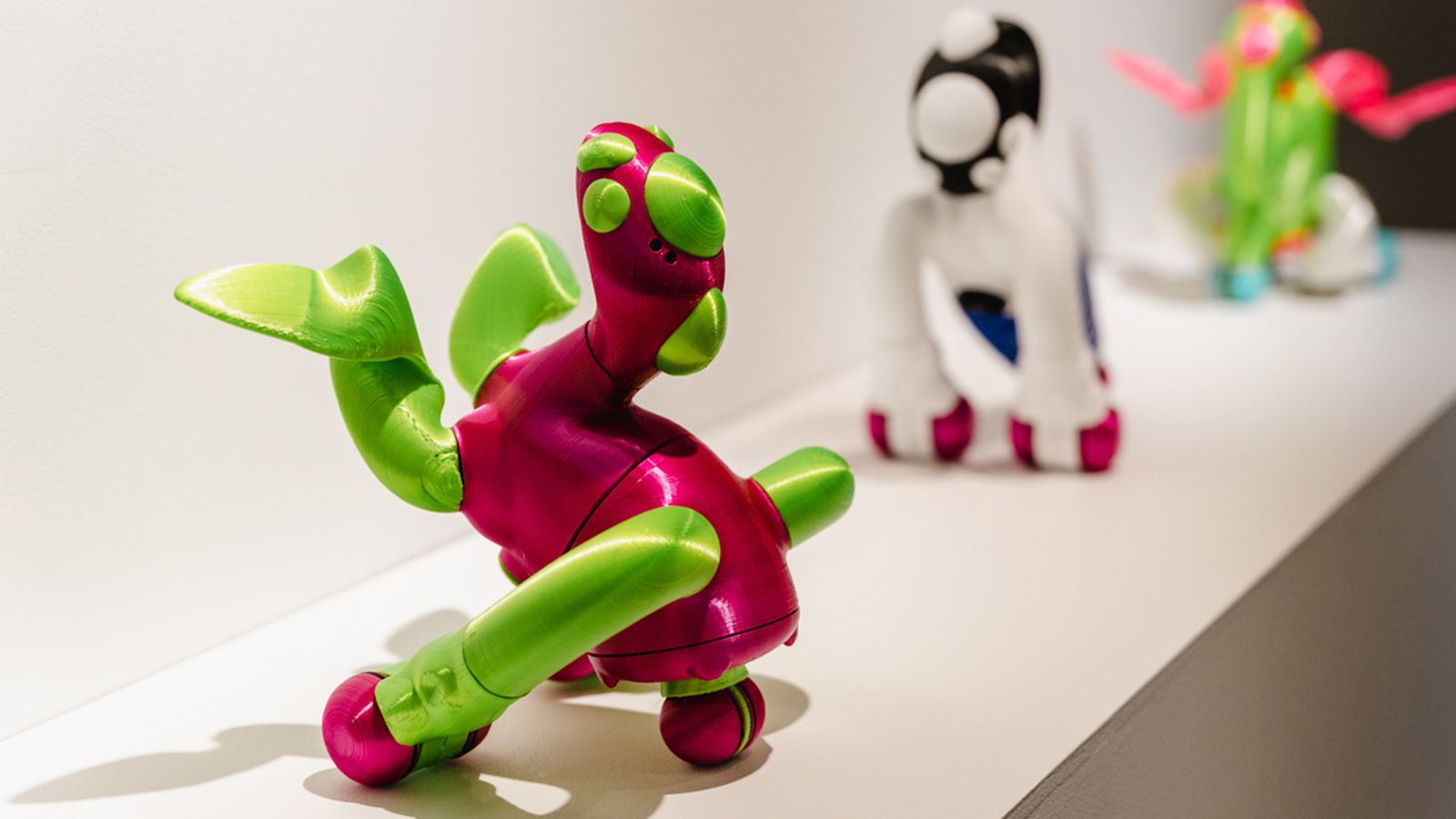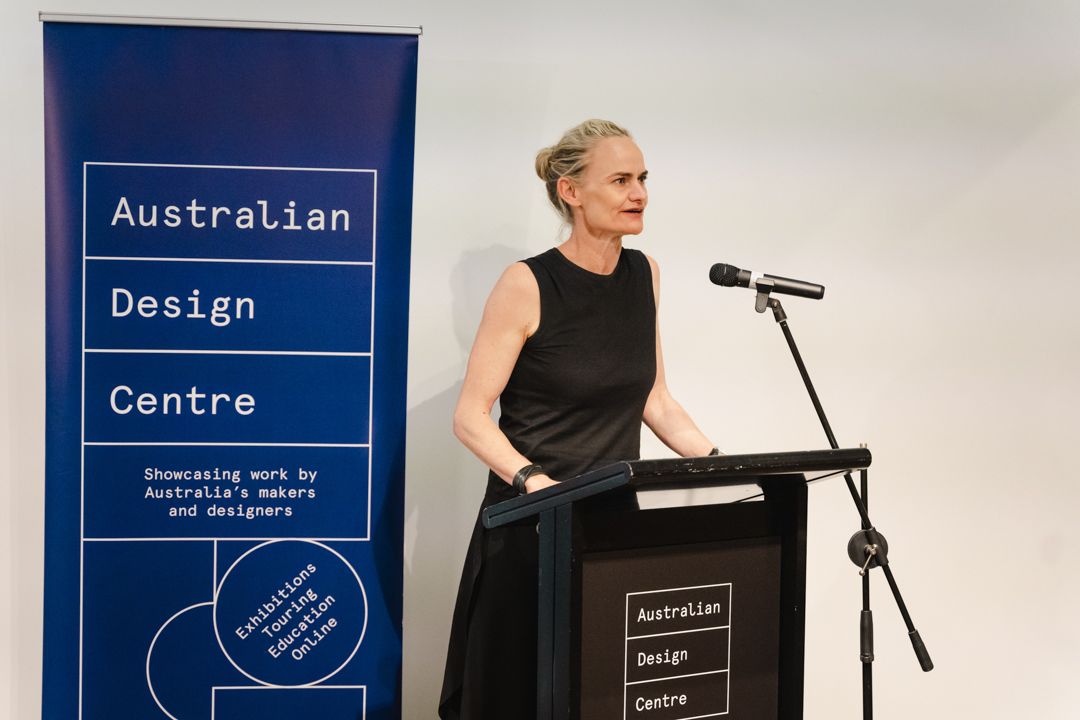Speech: What does it mean to be a School of Design?

Professor Kate Sweetapple, Head of School, School of Design, Sydney (UTS) spoke at the launch of Beyond design as usual and discussed what it means to be a School of Design on 1 December 2022. Her speech is below:
Being Head of a Design School with such diverse disciplines - Fashion and Textiles, Product Design, Photography, Visual Communication, and Social Innovation – is challenging at times like this. How to even begin to adequately account for the richness of these practices and work in this exhibition? It’s impossible.
So instead, I'm going to share with you the framework that anchors, challenges, and binds us as School. And I hope by the end, you’ll see that it is also the common thread that can be pulled through these diverse projects.
This framework is actually a question, a question that never gets answered and instead generates more questions.
What does it mean to be a School of Design at a public university of technology on Gadigal land in the era of the Anthropocene?
I’m going to break it down into 4 parts.
What does it mean to be a School of Design…..
To be a designer is to materialise ideas. To be a maker of things and experiences. It is to know, that there is a direct relationship between the visual and material quality of the worlds we make and the quality of our lives.
What does it mean to be a School of Design at a public university…..
To be a school of design in a public university is to be a part of a long-established social contract. A contractual agreement that identifies society as the primary beneficiary of education, not the graduate. While personal advancement may be an outcome of university education, it should not be the intent.
What does it mean to be a School of Design at a public university on Gadigal land……
What does it mean to design on Country? How do we learn from/ alongside indigenous knowledge holders in ways that are respectful and not extractive? How can we reorient the western narratives that have dominated design education, and privileged the few at the expense of the many? How do we make space for world views that are vivid and distinct? How can design practice not speak for but give voice to the communities that otherwise struggle to be heard?
And lastly, what does it mean to be a School of Design at a public university on Gadigal land in the era of the Anthropocene?
It is to acknowledge that design is complicit in the creation of the Anthropocene through the artefacts and behaviours it produces. But it also means that we are committed to societal and environmental change.
Allan Chochinov writes, “We think we are in the artefact business, but we are not, we are in the consequence business.” Being in the consequence business is a huge responsibility. However, our UTS Design students are ready. When you look at this work, you will see them asking: How will this be made? How will this be used? Whose life will be enriched, and whose life will be diminished? What futures are made possible, and what futures have been denied?
We are all going to have to make sacrifices if we are to mitigate challenges such as climate catastrophe, biodiversity loss, social inequality, and threats to democracy. But what these students have shown us is that to design a better world, we do not need to sacrifice joy, humility, sensitivity, criticality, humour, curiosity, and beauty. In fact, we’ll need more of it.
Professor Kate Sweetapple
Head of School, Design
Faculty of Design Architecture and Building
University of Technology Sydney
Professor Kate Sweetapple, Head of School, School of Design, Sydney (UTS) spoke at the launch of Beyond design as usual and discussed what it means to be a School of Design. The exhibition was presented in partnership with the School of Design, University of Technology, Sydney (UTS).
Explore the exhibition webpage here.
Exhibition dates: 24 November 2022 – 21 January 2023

Prof Kate Sweetapple, speaking at the launch of Beyond design as usual, Australian Design Centre, 2022. Photo: Amy Piddington
Image top: Beyond design as usual, installation view, 2022. Photo: Amy Piddington
